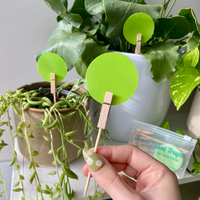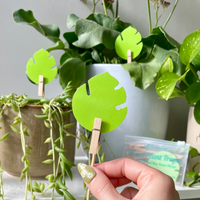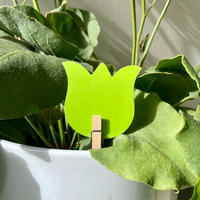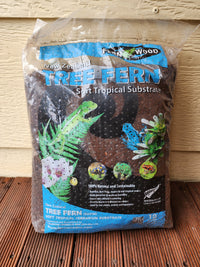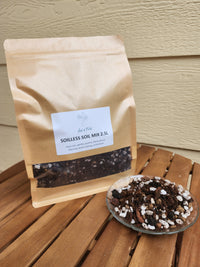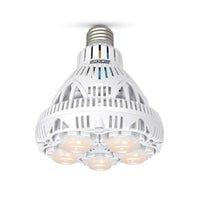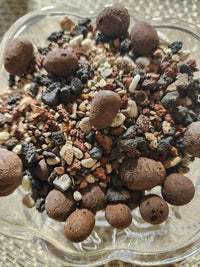Discover how to protect your indoor and potted plants from common flying pests in Australia with eco-friendly sticky traps from Leaf of Faith. Sticky traps offer a non-toxic, natural barrier against fungus gnats, aphids, whiteflies and more. This guide explains what sticky traps are, which bugs they target, how to use them effectively, and which holistic plant-health strategies you can pair with these traps to ensure thriving greenery.
What Are Sticky Traps and How Do They Work for Plant Pest Control?
Sticky traps are adhesive-coated sheets that intercept flying insects by exploiting their attraction to specific colours and surfaces. By placing a bright, tacky surface near plant foliage, you create a passive monitoring and control device that reduces pest populations without the use of chemicals. Understanding this mechanism sets the stage for identifying target pests and optimising trap placement.
What is a sticky trap, and how does it attract flying insects?
A sticky trap is a coated card or plastic sheet that uses bright hues—primarily yellow or green—to lure insects before capturing them on contact. The mechanism relies on insects’ innate response to certain colours and their mistaken landing on a glue layer. Natural adhesive formulas ensure that once insects alight, they remain stuck, interrupting infestations and preventing plant damage in indoor gardens.
Which features make Leaf of Faith’s sticky traps eco-friendly and non-toxic?
Leaf of Faith’s sticky traps combine sustainable materials, a plant-safe adhesive and compostable backing for zero-waste disposal.
- Non-toxic glue formula certified for indoor use
- Compostable paper core and recyclable packaging
- Non-toxic glue safe for indoor use
- Made from biodegradable paper and recyclable packaging
- Designed for indoor gardens – pet-friendly and mess-free
These attributes support both environmental responsibility and hands-on plant care, resulting in pest control that aligns with eco-conscious gardening practices.
Why Choose Green for Sticky Traps Against Common Pests?
We’ve all seen those bright yellow sticky traps used to catch bugs—but did you know green traps can be just as effective, especially for targeting specific pests? While yellow attracts a wide range of insects, green sticky traps are becoming a go-to option for gardeners and growers looking to zero in on the troublemakers without catching the helpful critters.
So, why green?
Green mimics the natural look of plant leaves, which makes it incredibly appealing to certain pests that feed or lay eggs on foliage. It’s particularly handy when you’re dealing with:
- Thrips, which often go for green over other colours—especially in greenhouses or indoor setups.
- Leafminers, which burrow into leaves and mistake the traps for their usual feeding grounds.
- Some beetles and psyllids, which also seem drawn to that leafy green tone.
In other words, if the pest thinks it’s landing on a tasty leaf, a green sticky trap might be just the thing to stop it in its tracks.
A more selective approach
Unlike yellow traps, which cast a wide net and attract just about everything—including beneficial insects—green traps tend to be more selective. That means you can target the nasties while leaving pollinators and other “good bugs” alone. It’s a smarter, more environmentally friendly way to manage pests in the garden or around crops.
Great for monitoring and control
If you're keeping a close eye on pest activity, green traps give you clearer data without all the unrelated by-catch that yellow traps sometimes bring. Whether you’re growing indoors, in a greenhouse, or outdoors, green traps help you monitor pest levels more accurately—so you can act quickly and keep things under control.
Which Common Plant Pests in Australia Are Controlled by Sticky Traps?
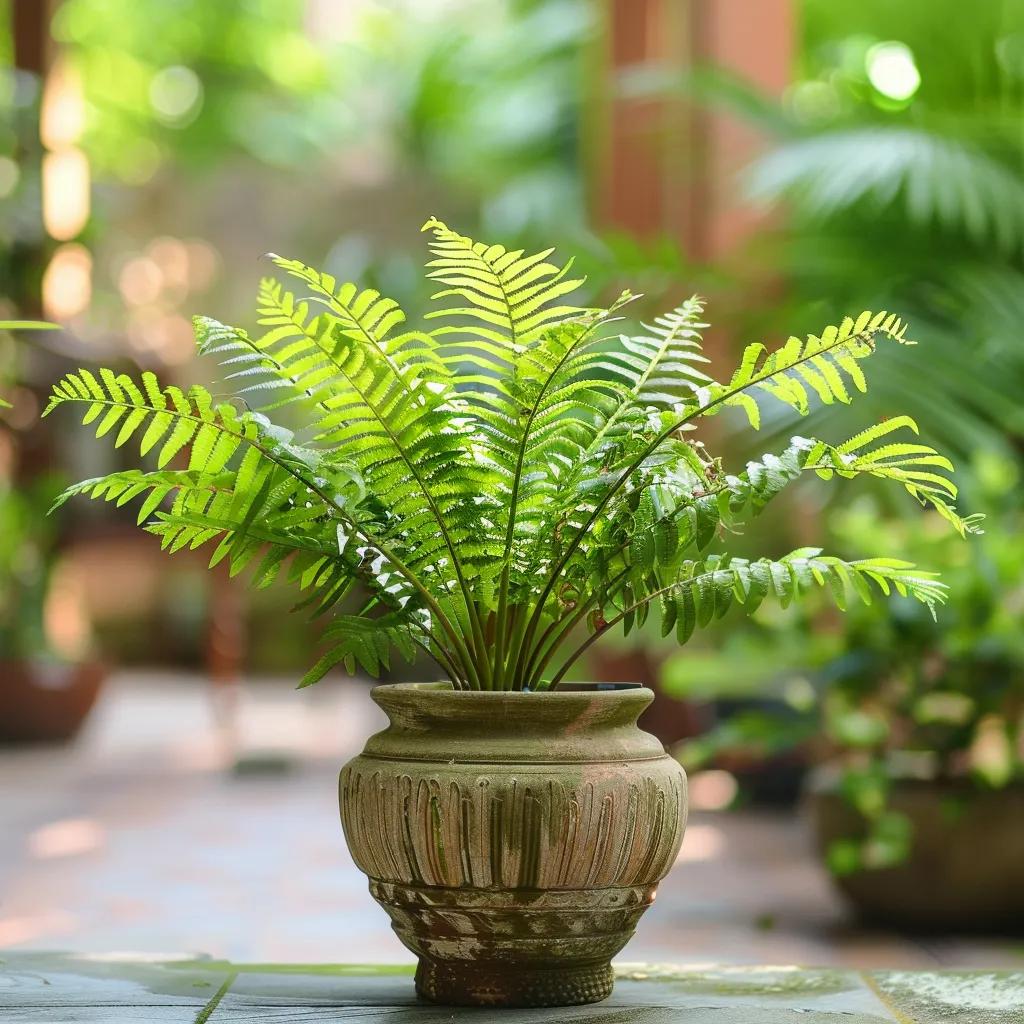
Below is a summary of key pests and how yellow sticky traps intercept each adult stage, reducing breeding potential and visible damage.
| Pest | Characteristic | How Sticky Traps Help |
|---|---|---|
| Fungus Gnat | Tiny black flies in damp soil | Captures adult gnats before they lay eggs |
| Aphid | Soft-bodied sap suckers | Traps winged forms, halting colony spread |
| Whitefly | Milky white, small flying insects | Intercepts adults before feeding on leaves |
| Thrips | Slender, fringed-wing insects | Catches flying adults, preventing egg laying |
| Fruit Fly | Small, patterned winged flies | Attracts and holds fruit flies near plants |
Continuous trapping of adult insects disrupts reproductive cycles and reduces future pest generations, resulting in healthier plants.
How do fungus gnats infest indoor plants, and how do sticky traps help?
Fungus gnats breed in moist potting mix where larvae feed on fungal matter and roots, compromising plant health. Sticky traps catch the flying adult stage before they reproduce, reducing larval outbreaks and preserving root integrity. Interrupting the gnat lifecycle at the adult stage stops reinfestation and supports stronger root systems for indoor greenery.
What other pests do sticky traps target: aphids, whiteflies, thrips, and fruit flies?
Sticky traps are versatile for a range of flying pests:
- Winged aphids emerge from colonies and gather on bright surfaces.
- Whiteflies hover above leaf undersides before feeding.
- Thrips move quickly between flowers and foliage.
- Fruit flies seek out ripening fruit but often land on nearby traps.
By capturing multiple pest types, traps serve as a broad-spectrum monitoring and control measure in any indoor plant collection.
Why are sticky traps effective in breaking pest breeding cycles?
Yes, sticky traps disrupt pest lifecycles by removing adults before mating and egg laying. Continuous removal of flying adults prevents the next generation of larvae or nymphs from emerging, leading to a natural decline in pest numbers. This passive interruption reduces reliance on chemical treatments and sustains plant vitality over time.
How Do You Use Sticky Traps Effectively for Indoor and Potted Plants?
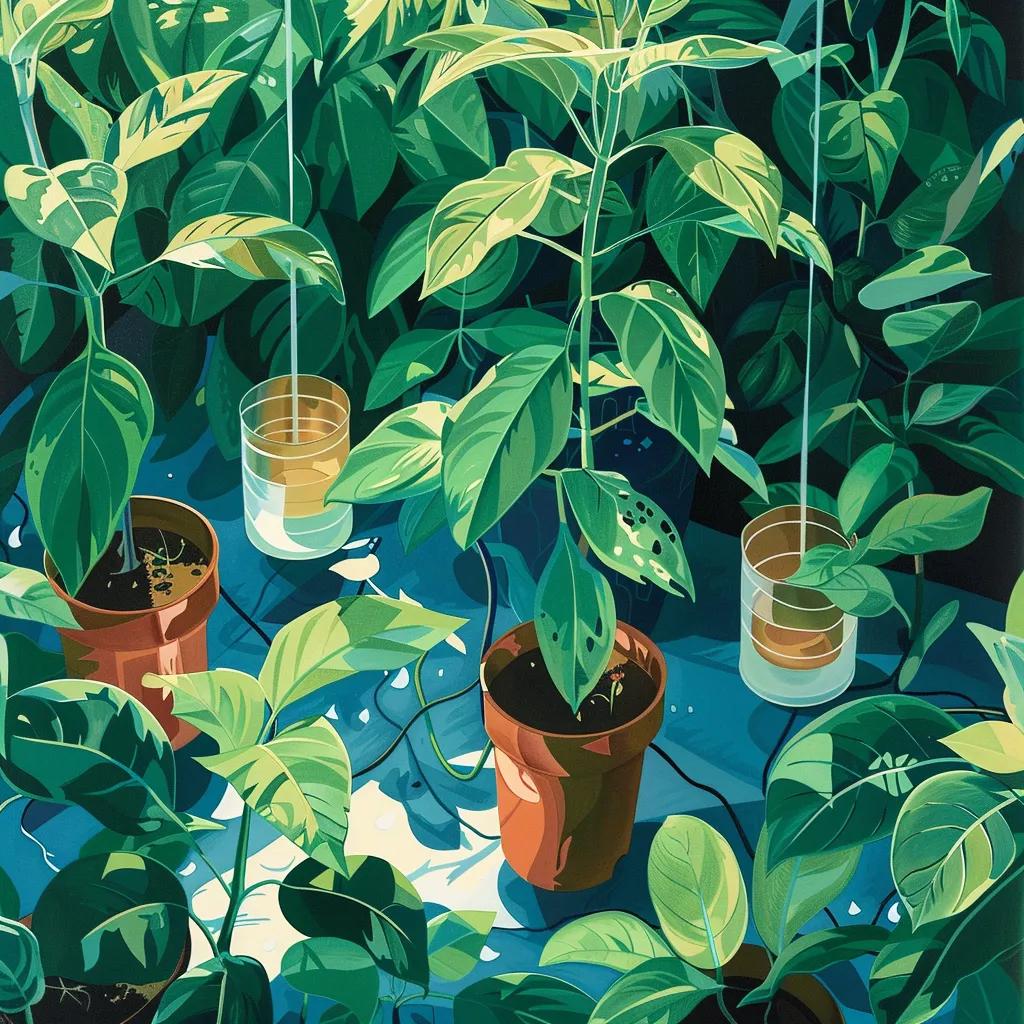
Effective use combines correct placement, regular monitoring and integration with complementary care practices. Following these steps ensures traps work at peak efficiency.
What are the best placement and installation methods for sticky traps?
Place traps 5–10 cm above the soil surface near plant stems or hang them within the canopy where insects fly. Use the following steps for installation:
- Identify areas with visible adult insect activity.
- Insert a trap stake into the potting mix at soil level.
- Position additional “floating” traps on strings near leaves.
Proper positioning intercepts pests at entry and exit points, maximising capture and minimising plant disturbance.
How often should sticky traps be replaced for optimal pest control?
Replace sticky traps every 4–6 weeks or sooner if the adhesive surface is covered by insects. Regular renewal ensures the glue remains tacky and visibility remains high for colour-based attraction. Monitoring trap saturation and plant health guides timely replacements and sustained pest management.
What natural pest control methods complement sticky traps?
Combining traps with cultural care practices amplifies pest suppression:
- Allow surface soil to dry slightly to deter fungus gnat breeding.
- Introduce predatory mites or nematodes for biological control.
- Use neem oil sprays for direct contact control of soft-bodied pests.
Integrating these methods with sticky traps creates an ecosystem-based strategy for plant protection.
Why Choose Leaf of Faith’s Sticky Traps for Natural Pest Control in Australia?
Leaf of Faith’s sticky traps are designed specifically for Australian indoor gardening conditions, offering durability and safety for diverse plant species. Their commitment to sustainability and product quality makes them a trustworthy choice for plant enthusiasts.
What makes Leaf of Faith’s sticky traps uniquely suited for Australian plants?
At Leaf of Faith, we’re proud to offer uBloomd’s green sticky traps, designed with Australian-tested adhesives and UV-stable coatings that hold up beautifully in our local humidity and light conditions. As an Australian-owned family business, we choose products that reflect the realities of indoor gardening here at home—prioritising consistency, eco-certified materials, and practical solutions that work.
Where can you buy Leaf of Faith’s sticky traps and related plant care products?
Purchase Leaf of Faith’s sticky traps and a full range of potting mixes, nutrients and accessories through the online store at leafoffaithsa.com.au. Explore our Plant Accessories collection for detailed product information and thoughtful additions to support healthy indoor gardening.
How Can You Maintain Overall Plant Health Beyond Using Sticky Traps?
Sustaining plant vitality requires a holistic approach that blends effective pest control with nutrient management and preventive cultural practices.
What other natural plant health products does Leaf of Faith offer?
Leaf of Faith’s range includes organic potting mixes like our Soilless Soil Mix, enriched with worm castings for natural fertilisation, beneficial microbes to support root health, and pH-balanced watering aids to help your indoor plants thrive. These products support robust root development, strengthen plant immunity and create conditions less favourable for pest outbreaks.
How does integrated pest management support long-term plant vitality?
Integrated Pest Management (IPM) combines monitoring, mechanical controls, biological agents and cultural adjustments to maintain low pest pressure. By layering sticky traps with soil care, moisture control and beneficial organisms, IPM fosters resilient plant ecosystems and reduces the need for chemical interventions.
Integrated Pest Management
Integrated Pest Management (IPM) is a sustainable approach to pest control that combines various methods, including biological control, cultural practices, and the use of traps, to minimise the use of pesticides and promote healthy plants. Ecologically minimising IPM strategies aim to manage pests while minimising risks to the environment and human health.
Healthy plants begin with vigilant monitoring and natural interventions that keep pests at bay without compromising safety or sustainability. Choose Leaf of Faith’s green sticky traps to intercept flying insects, then enrich your indoor garden with our nutrient-rich media and organic supplements for thriving greenery year-round.


